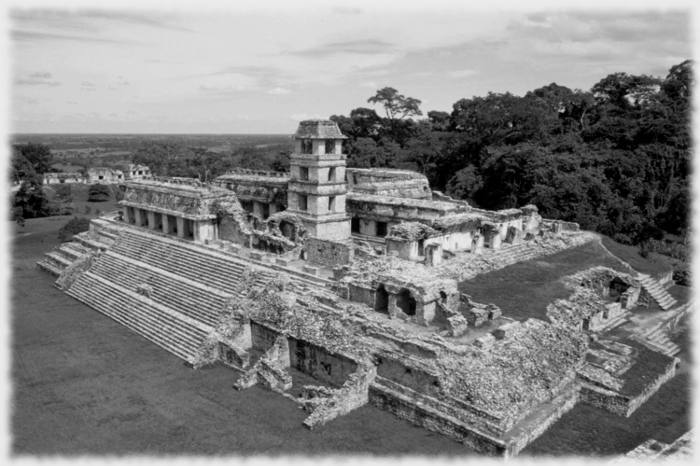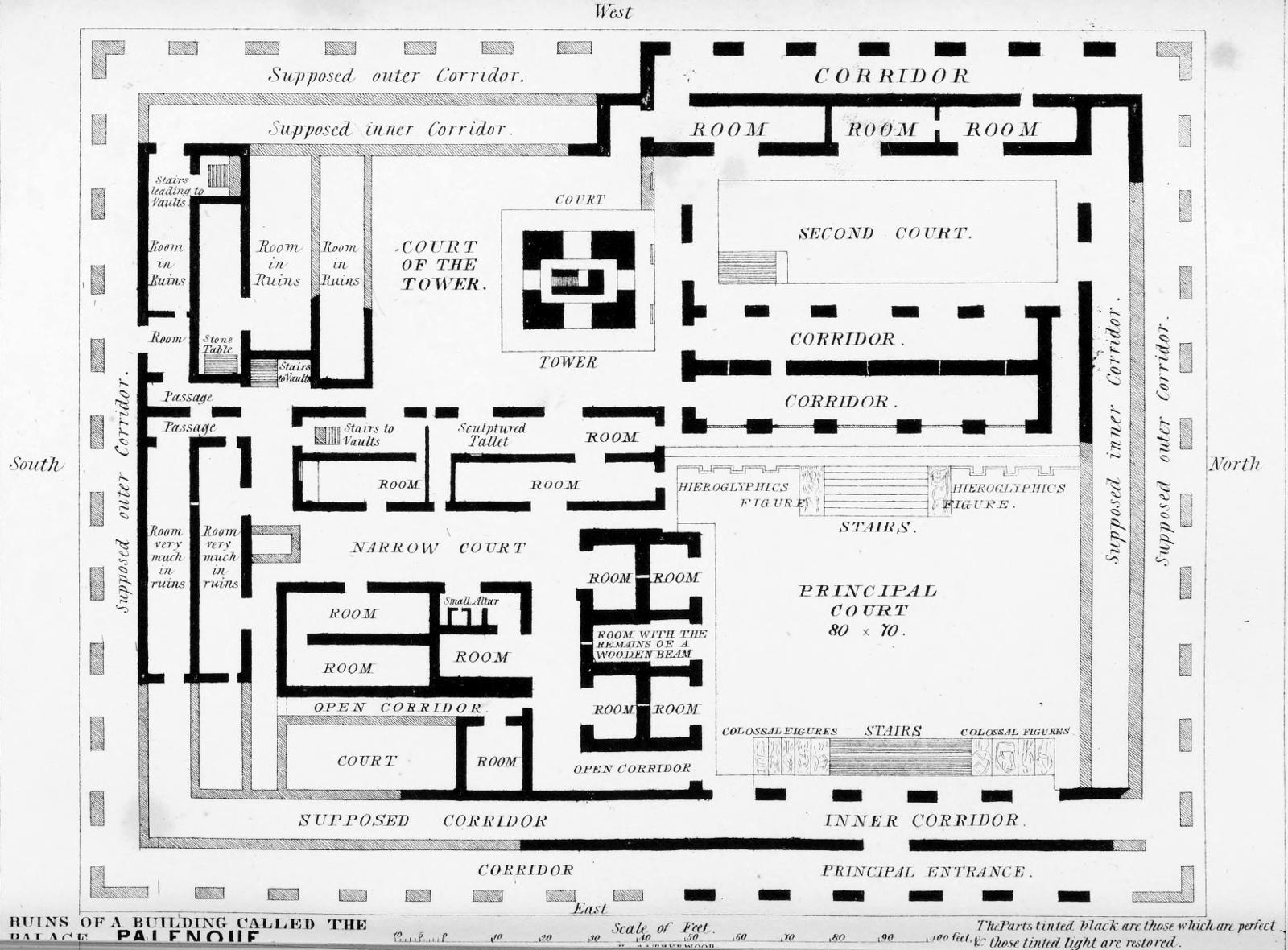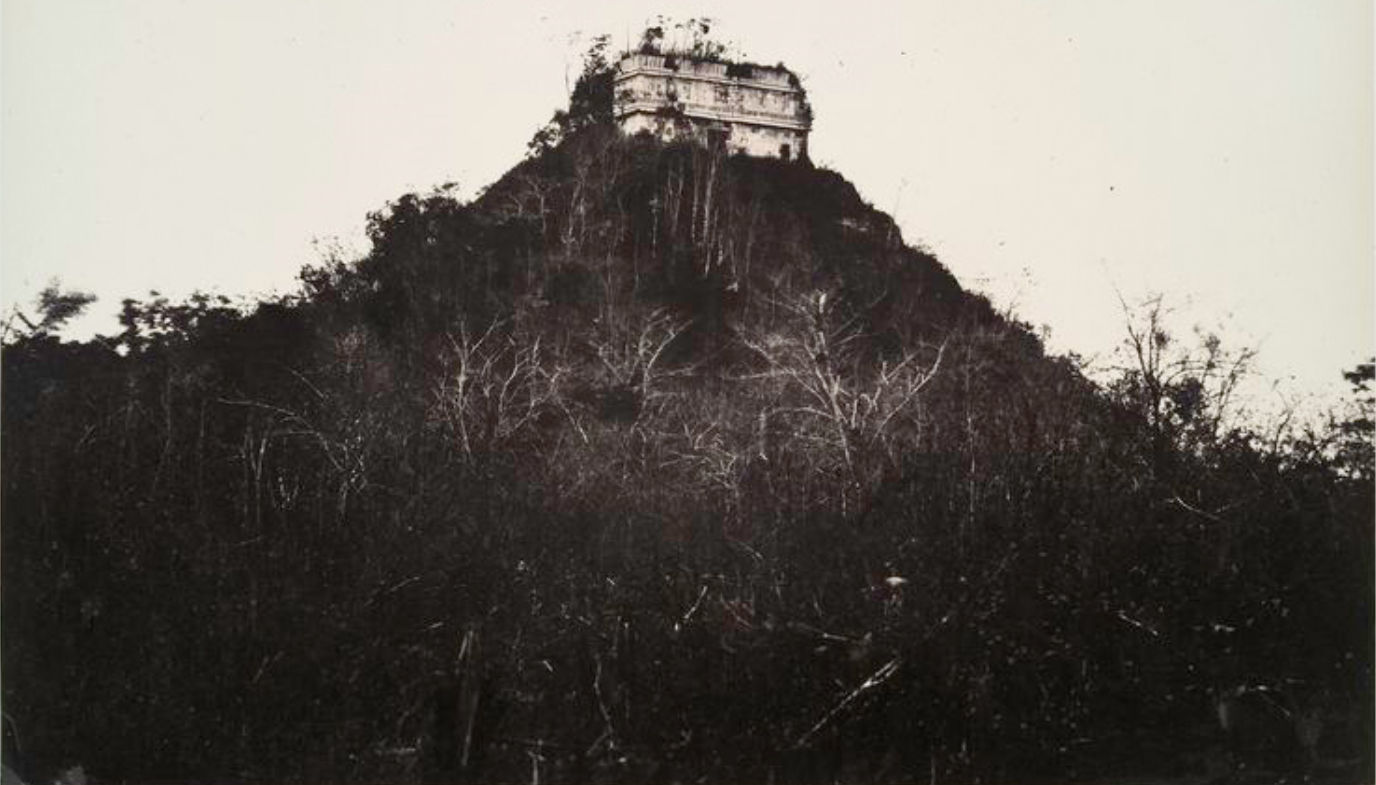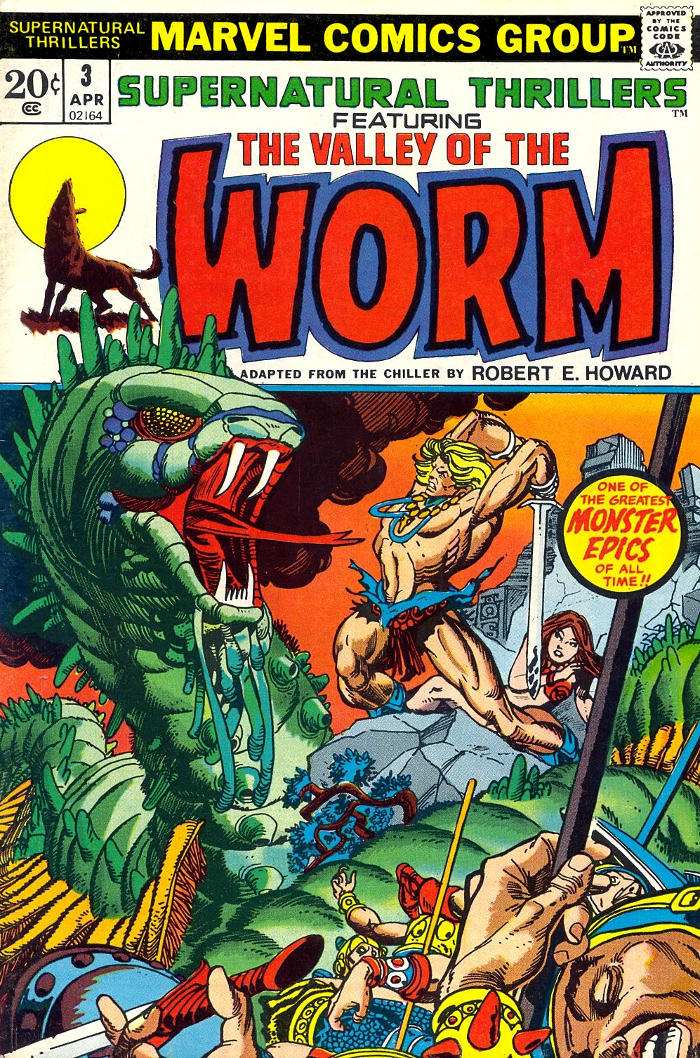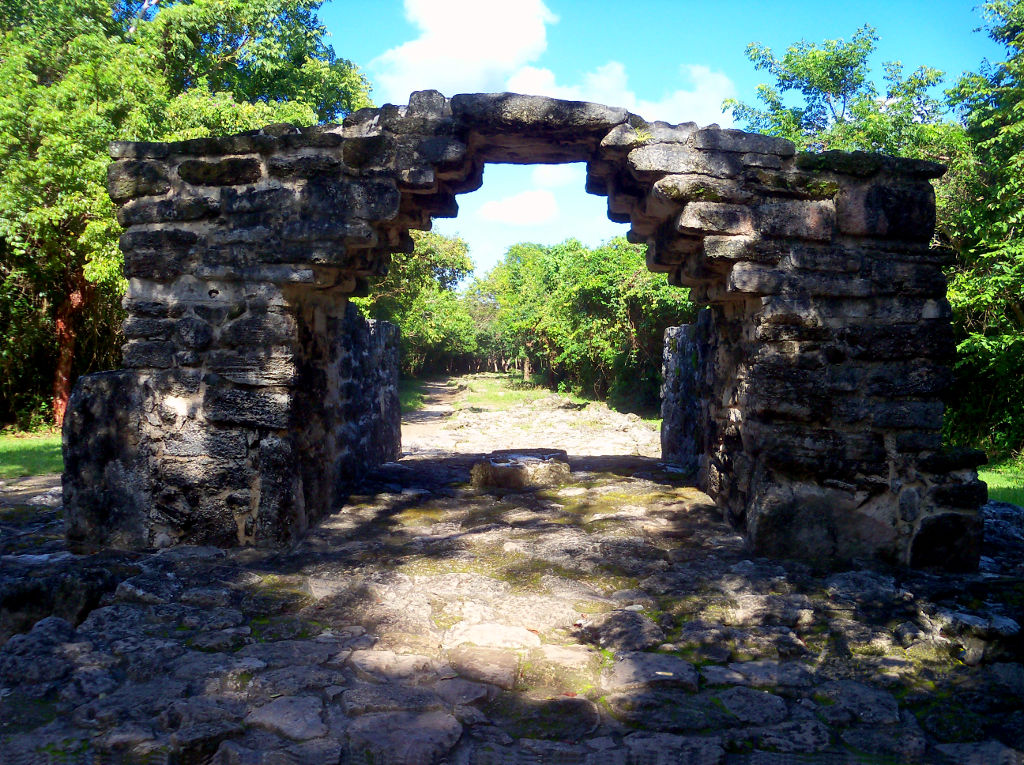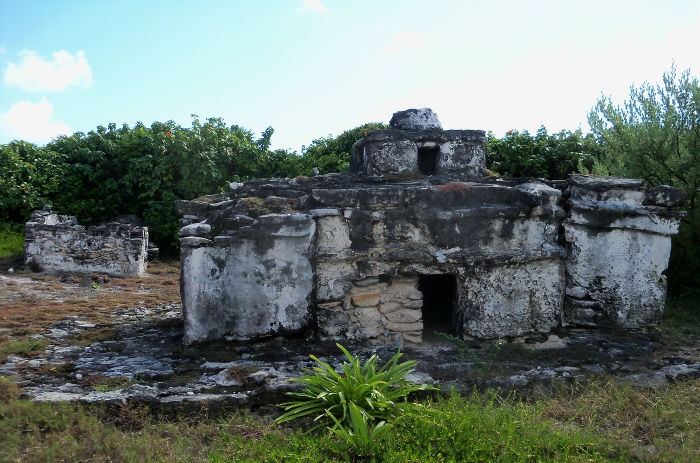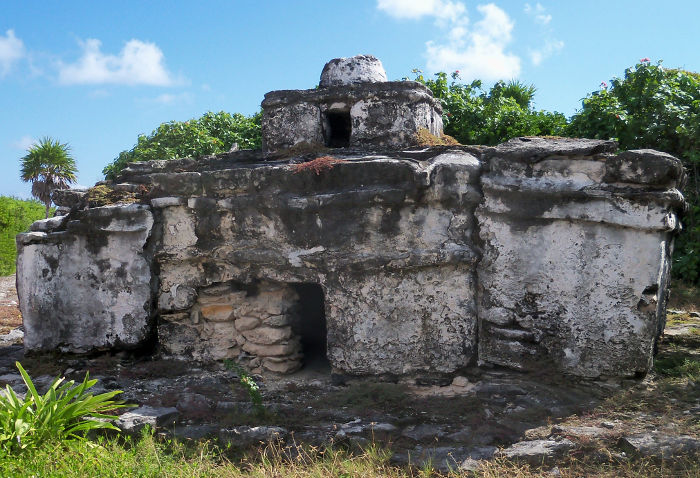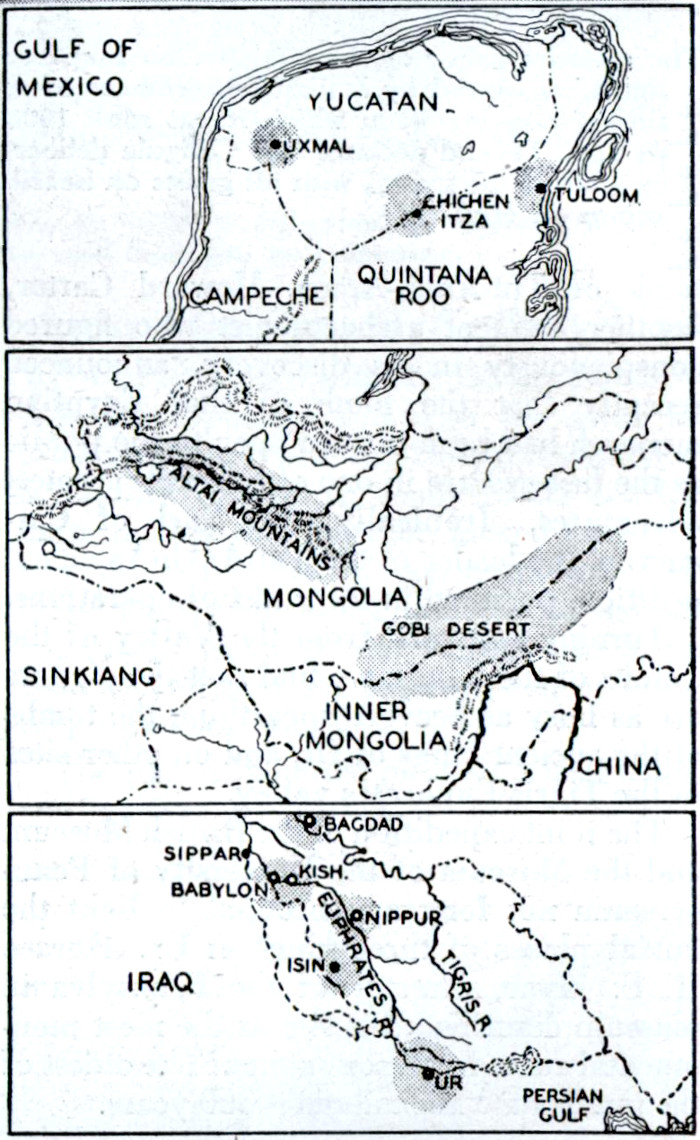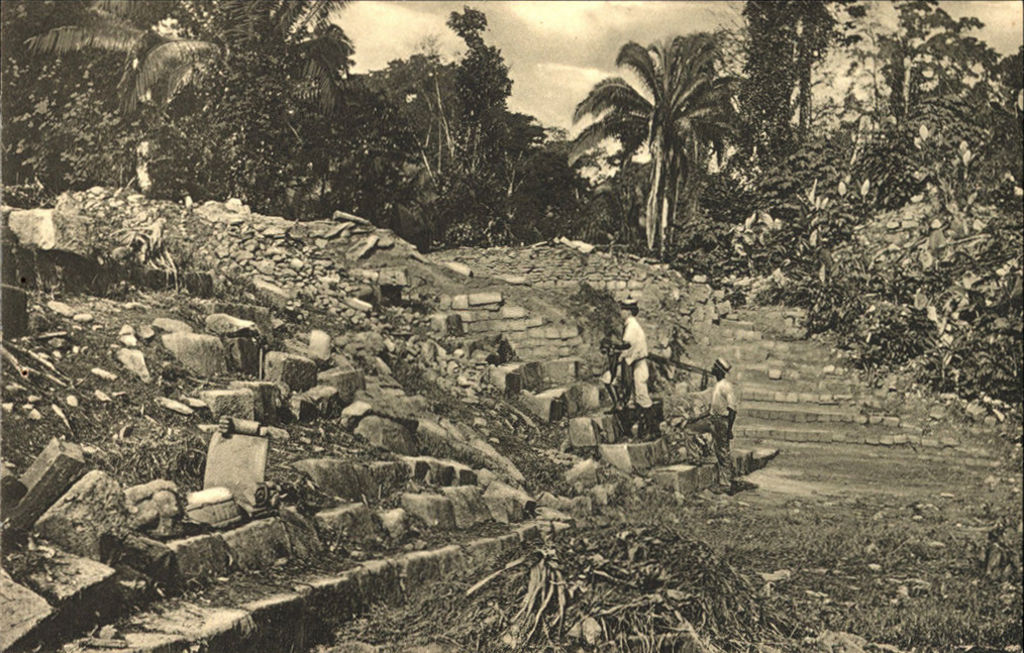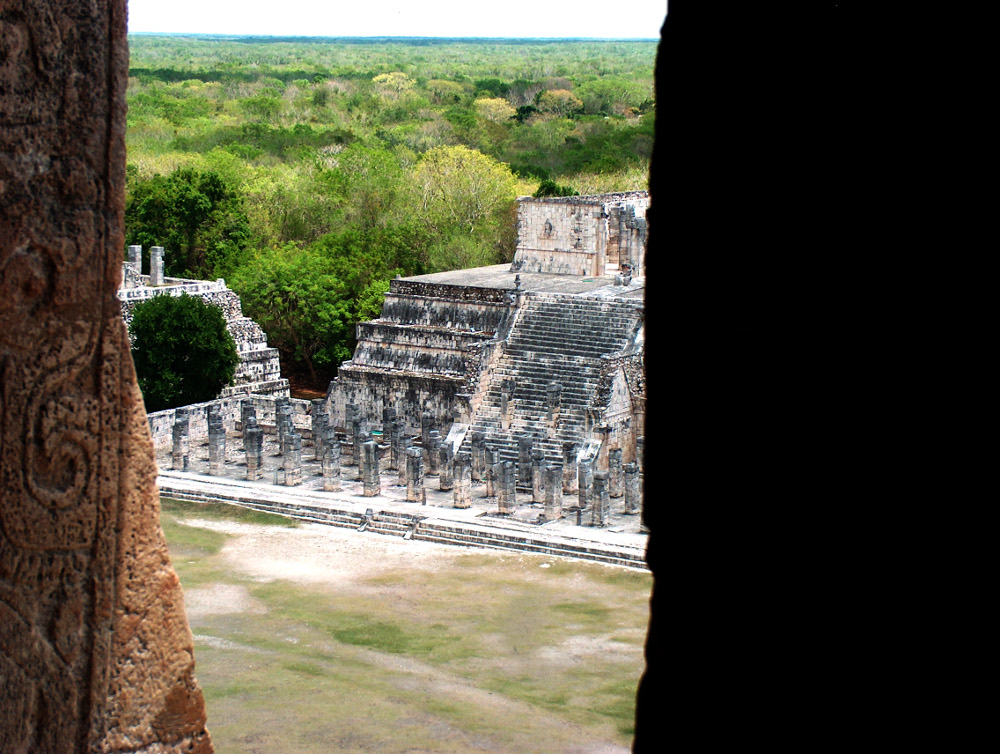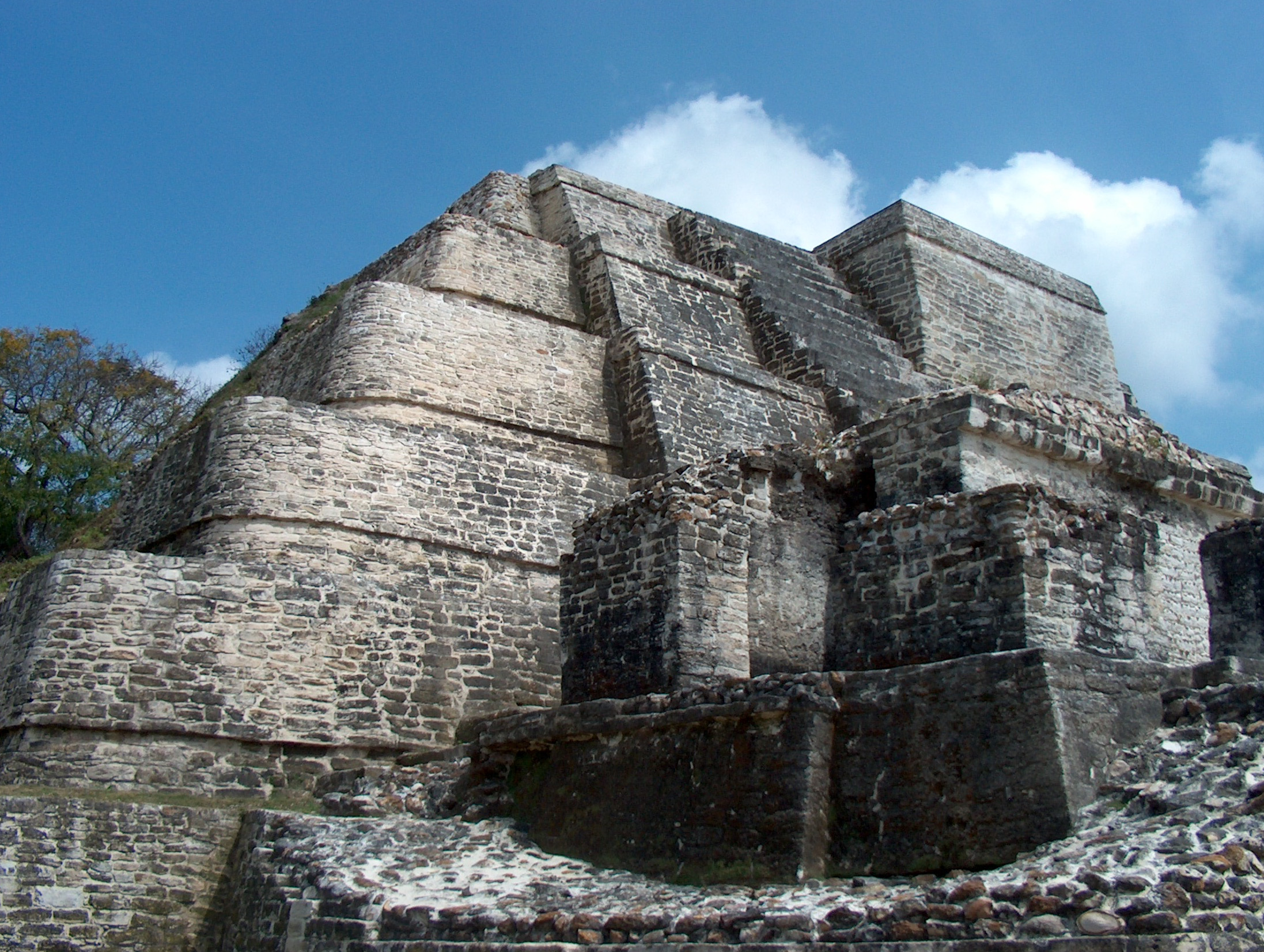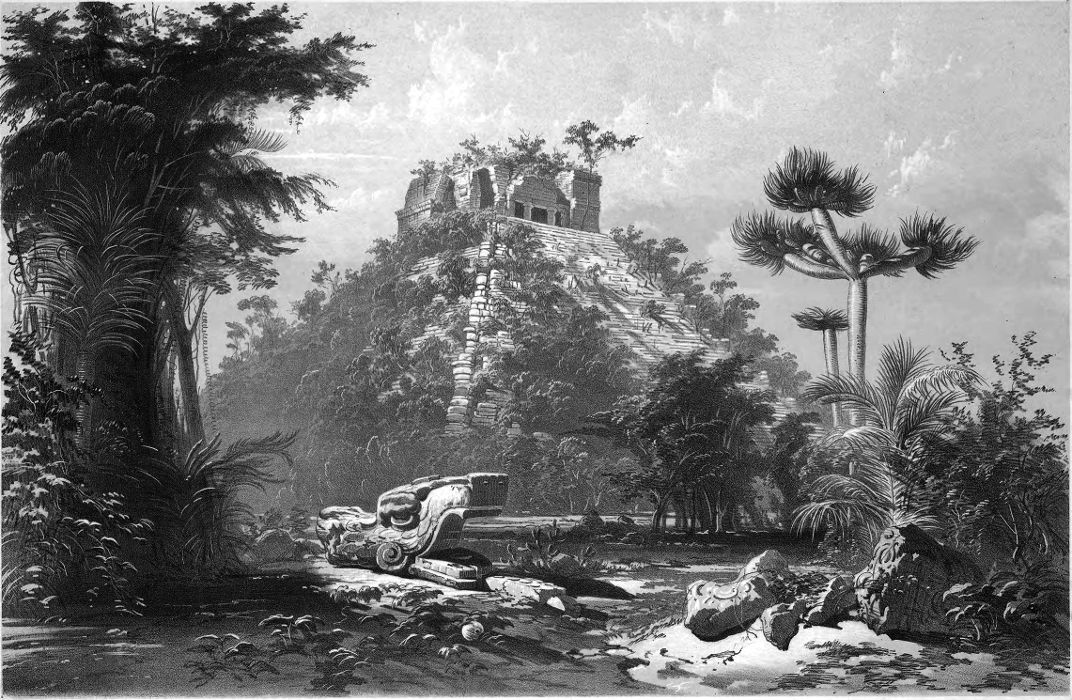 From Views of ancient monuments in Central America, Chiapas and Yucatan, 1844
From Views of ancient monuments in Central America, Chiapas and Yucatan, 1844
TEOCALLIS, AT CHICHEN-ITZA.
ON STONE, BY A. PICKEN.
The ruins of Chichen-Itza are nine leagues from Valladolid. — (See map.) They he on a Hacienda, called by the name of the ancient city.
The Camino Real to Valladolid passes through the field of ruins. The great buildings tower on both sides of the road in full sight of all passers-by ; and from the fact that this road is much travelled, the ruins of Chichen are perhaps more generally known to the people of the country than any others in Yucatan. The Plate represents the Castillo, or Castle, the first building seen on approaching the ruins, and, from every point of view, the grandest and most conspicuous object that towers above the plain. The mound measures at the base, on the north and south sides, one hundred and ninety-six feet ten inches ; and on the east and west sides, two hundred and two feet. It does not face the cardinal points exactly, though probably so intended; and in all the buildings, from some cause not easily accounted for, while one varies ten degrees one way, that immediately adjoining varies twelve or thirteen degrees the other. It is built up, apparently solid, from the plain to the height of seventy-five feet. On the west side is a staircase, thirty-seven feet wide ; on the north, being that presented in the engraving, the staircase is forty-four feet wide, and has ninety steps. Continue reading “Teocallis At Chichen Itza, 1844”
